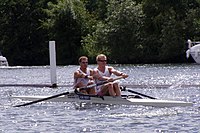
Rowing is the sport of racing boats using oars. It differs from paddling sports in that rowing oars are attached to the boat using oarlocks, while paddles are not connected to the boat. Rowing is divided into two disciplines: sculling and sweep rowing. In sculling, each rower holds two oars—one in each hand, while in sweep rowing each rower holds one oar with both hands. There are several boat classes in which athletes may compete, ranging from single sculls, occupied by one person, to shells with eight rowers and a coxswain, called eights. There are a wide variety of course types and formats of racing, but most elite and championship level racing is conducted on calm water courses 2 kilometres (1.2 mi) long with several lanes marked using buoys.

Speed skating is a competitive form of ice skating in which the competitors race each other in travelling a certain distance on skates. Types of speed skating are long track speed skating, short track speed skating, and marathon speed skating. In the Olympic Games, long-track speed skating is usually referred to as just "speed skating", while short-track speed skating is known as "short track". The International Skating Union (ISU), the governing body of both ice sports, refers to long track as "speed skating" and short track as "short track skating".

A buoy is a floating device that can have many purposes. It can be anchored (stationary) or allowed to drift with ocean currents. The etymology of the word is disputed.

Swimming has been a sport at every modern Summer Olympics. It has been open to women since 1912. Along with track & field athletics and gymnastics, it is one of the most popular spectator sports at the Games. Swimming has the second-highest number of Olympic events.
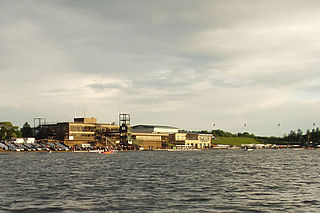
Holme Pierrepont Country Park, home of The National Water Sports Centre is located in the hamlet of Holme Pierrepont near Nottingham, England and on the River Trent. It is used for many different types of sports and has recently received significant investment which has enabled a major refurbishment of existing facilities as well as introduction of new facilities.

Lake Albano is a small volcanic crater lake in the Alban Hills of Lazio, at the foot of Monte Cavo, 20 km (12 mi) southeast of Rome. Castel Gandolfo, overlooking the lake, is the site of the Papal Palace of Castel Gandolfo.

The Shunyi Olympic Rowing-Canoeing Park was built for the rowing, canoeing and 10 km open-water swimming events in the 2008 Summer Olympics. It is located in Mapo Village in the Shunyi District in Beijing.

Depth sounding refers to the act of measuring depth. It is often referred to simply as sounding. Data taken from soundings are used in bathymetry to make maps of the floor of a body of water, and were traditionally shown on nautical charts in fathoms and feet. The National Oceanic and Atmospheric Administration (NOAA), the agency responsible for bathymetric data in the United States, still uses fathoms and feet on nautical charts. In other countries, the International System of Units (metres) has become the standard for measuring depth.
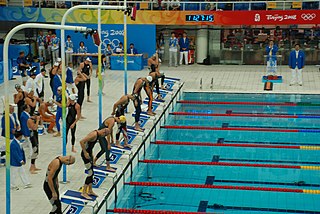
Swimming is an individual or team racing sport that requires the use of one's entire body to move through water. The sport takes place in pools or open water. Competitive swimming is one of the most popular Olympic sports, with varied distance events in butterfly, backstroke, breaststroke, freestyle, and individual medley. In addition to these individual events, four swimmers can take part in either a freestyle or medley relay. A medley relay consists of four swimmers who will each swim a different stroke, ordered as backstroke, breaststroke, butterfly and freestyle.

Freestyle is a category of swimming competition, defined by the rules of the International Swimming Federation (FINA), in which competitors are subject to few limited restrictions on their swimming stroke. Freestyle races are the most common of all swimming competitions, with distances beginning with 50 meters and reaching 1500 meters, also known as the mile. The term 'freestyle stroke' is sometimes used as a synonym for 'front crawl', as front crawl is the fastest swimming stroke. It is now the most common stroke used in freestyle competitions.
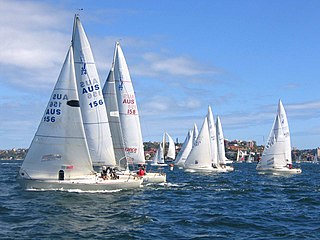
The sport of sailing involves a variety of competitive sailing formats that are sanctioned through various sailing federations and yacht clubs. Racing disciplines include matches within a fleet of sailing craft, between a pair thereof or among teams. Additionally, there are specialized competitions that include setting speed records. Racing formats include both closed courses and point-to-point contests; they may be in sheltered waters, coast-wise or on the open ocean. Most competitions are held within defined classes or ratings that either entail one type of sailing craft to ensure a contest primarily of skill or rating the sailing craft to create classifications or handicaps.

The following outline is provided as an overview of canoeing and kayaking:

The Royal Canadian Henley Rowing Course is a rowing facility that is located in Port Dalhousie, St. Catharines, Ontario, Canada. The facility was constructed in 1903 as a permanent venue for the Royal Canadian Henley Regatta. The facility is located on the Martindale Pond.

Illini Rowing is a club college rowing program that represents the University of Illinois at Urbana–Champaign. Both the men's and women's teams that make up the program are members of the American Collegiate Rowing Association (ACRA) in the Great Lakes Region. The program operates as a registered student organization (RSO) at the University of Illinois. The university does not currently have an NCAA varsity team and the club program is the highest level of competitive rowing offered by the University. As of 2014, the program has attained two ACRA national titles for their wins in the Women's Novice Four event in both 2012 and 2014 at the ACRA National Championships. The Illini Rowing Men's crew has captured the team's only state champion titles, winning in both 2013 and 2014. The Women's team has fallen short each year, losing to the University of Chicago both years.

Underwater orienteering is an underwater sport that uses recreational open circuit scuba diving equipment and consists of a set of individual and team events conducted in both sheltered and open water testing the competitors competency in underwater navigation. The competition is principally concerned with the effectiveness of navigation technique used by competitors to swim an underwater course following a route marked on a map prepared by the competition organisers, a compass and a counter meter to measure the distance covered. The sport was developed in the Soviet Union during the late 1950s and is currently played mainly in Europe. It is known as Orientation Sub in French and as La Orientación Subacuática in Spanish. Historically, the sport has also been known as Technical Disciplines.

The University of Oregon Rowing Team is located in Eugene, Oregon and practices at Dexter Reservoir nearby. The club was founded in 1967 and has operated continuously under the guidance of the University Club Sports Program. At Oregon, men's and women's teams practice together and compete against other club teams regionally and nationally in a number of regattas each year. Even before the passage of Title IX in 1972, the Club received national attention for Coach Don Costello's controversial use of female coxswain Victoria Brown in crew, in a previously all-male sport.
The Burnaby Lake Rowing Club (BLRC) is a rowing club located at Burnaby Lake in the City of Burnaby, British Columbia, Canada.
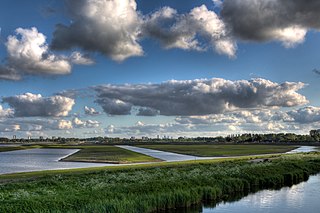
Willem-Alexander Baan is an artificial lake in the Dutch village of Zevenhuizen near Rotterdam. It has been used as a rowing regatta venue since 2012 and hosted the 2016 World Rowing Championships.
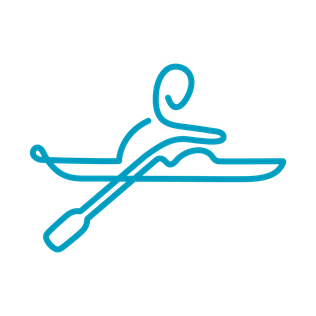
Rowing at the 2018 Summer Youth Olympics was held from 7 to 10 October. The events took place at the Puerto Madero in Buenos Aires, Argentina, being raced over a 500 metre 4 lane course, under the Puente de la Mujer. Racing started with a time trial to allocate crews to heats. There were two rounds of heats with crews being awarded points based on their ranking in each heat and the accumulated points from the two heats determining progression to the quarter-finals of the singles and semi-finals of the pairs.



















